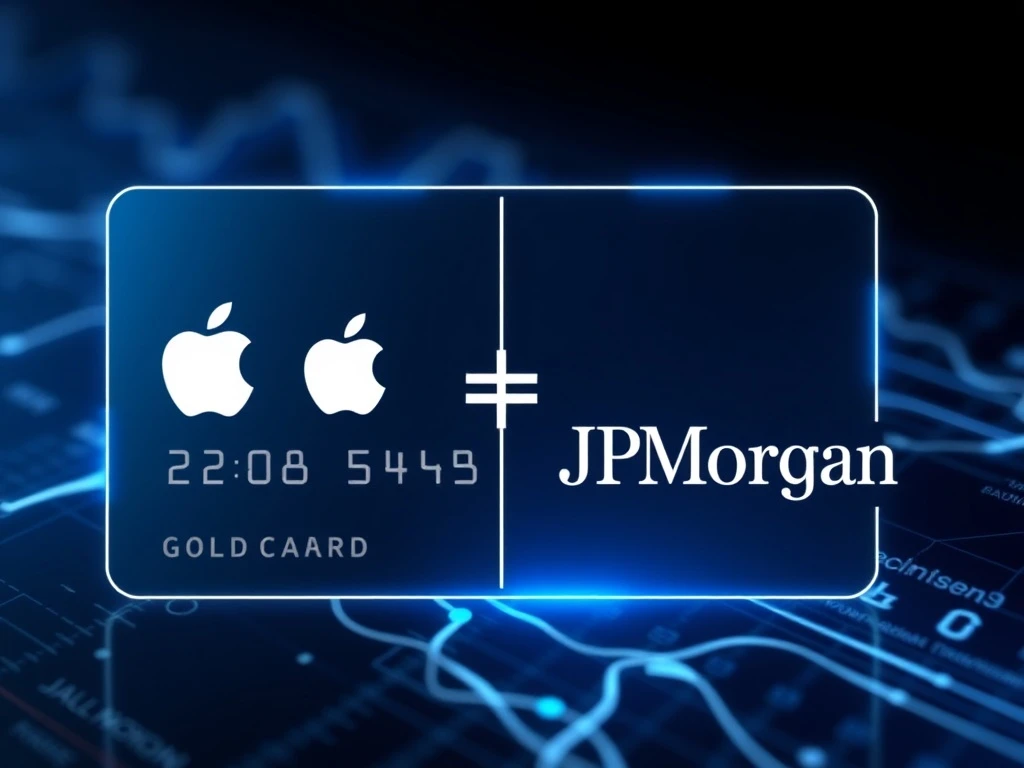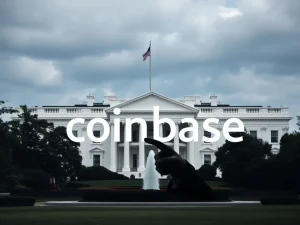JPMorgan Set to Revolutionize Apple Card After Goldman Sachs Exit Due to Financial and Regulatory Hurdles

In a groundbreaking move, JPMorgan Chase is on the verge of acquiring the Apple Card program from Goldman Sachs. This transition marks a pivotal moment in Apple’s financial services strategy and highlights Goldman Sachs’ struggles with regulatory and financial challenges. Here’s what you need to know.
Why is JPMorgan Taking Over the Apple Card?
The Apple Card, launched in 2019, has grown to hold $20 billion in credit lines. However, Goldman Sachs faced numerous hurdles, including a $45 million fine from the CFPB for misleading customers. Key issues included:
- Regulatory non-compliance
- Technical flaws at launch
- Financial strain from rapid growth
What This Means for Apple Card Users
JPMorgan’s takeover could bring significant changes to the Apple Card program. The bank is reportedly seeking to:
- Align billing dates to the start of the month
- Adjust payment structures due to existing losses
- Leverage Apple’s 650 million active users for digital banking growth
The Future of Apple’s Financial Services
This shift allows Apple to stabilize its financial offerings while maintaining control over user data and unique features like daily cashback rewards. For JPMorgan, it’s an opportunity to strengthen its position as the top U.S. credit card issuer.
Frequently Asked Questions
Will Apple Card terms change under JPMorgan?
Some adjustments are likely, but core features like cashback rewards are expected to remain.
When will the transition happen?
No specific timeline has been disclosed, as it depends on regulatory approvals.
How will this affect existing Apple Card users?
Users should see minimal disruption, with potential improvements in customer service and features.
Why is Goldman Sachs exiting the partnership?
Goldman faced regulatory penalties and financial strain, prompting a shift to focus on wealth management services.








